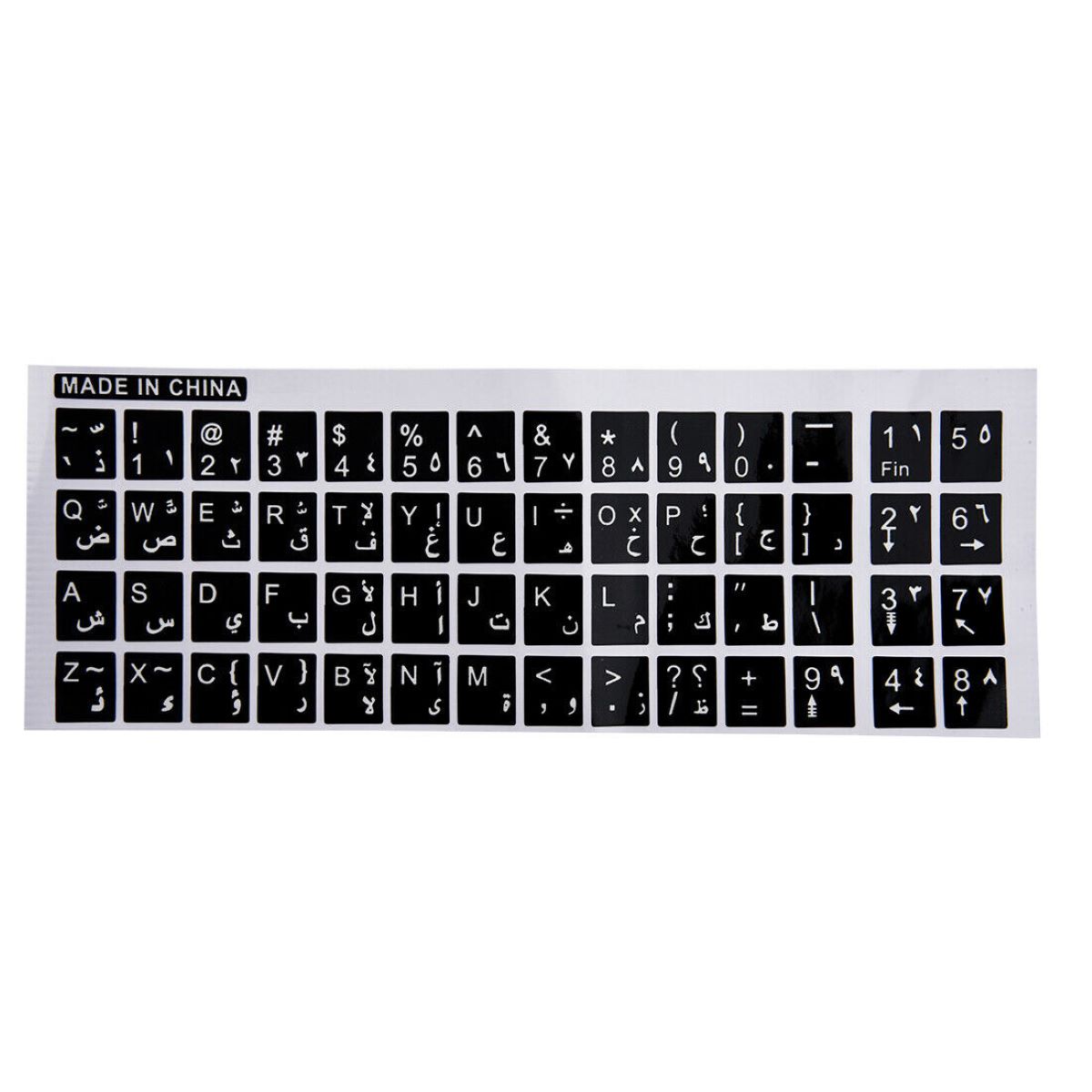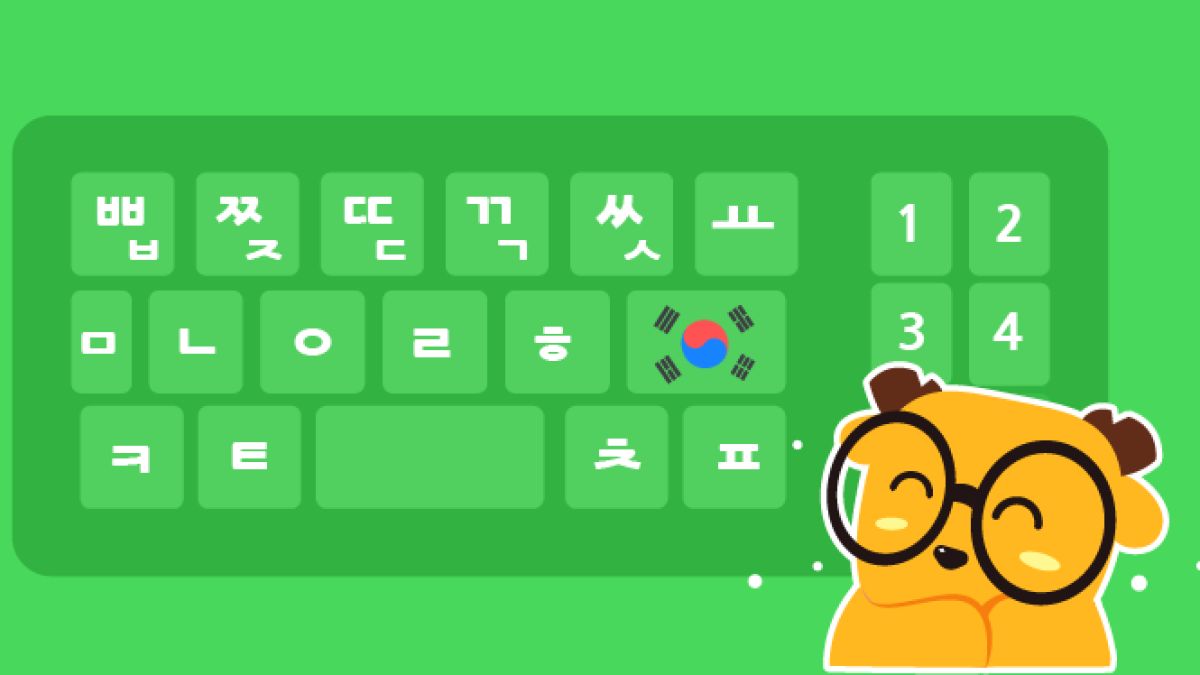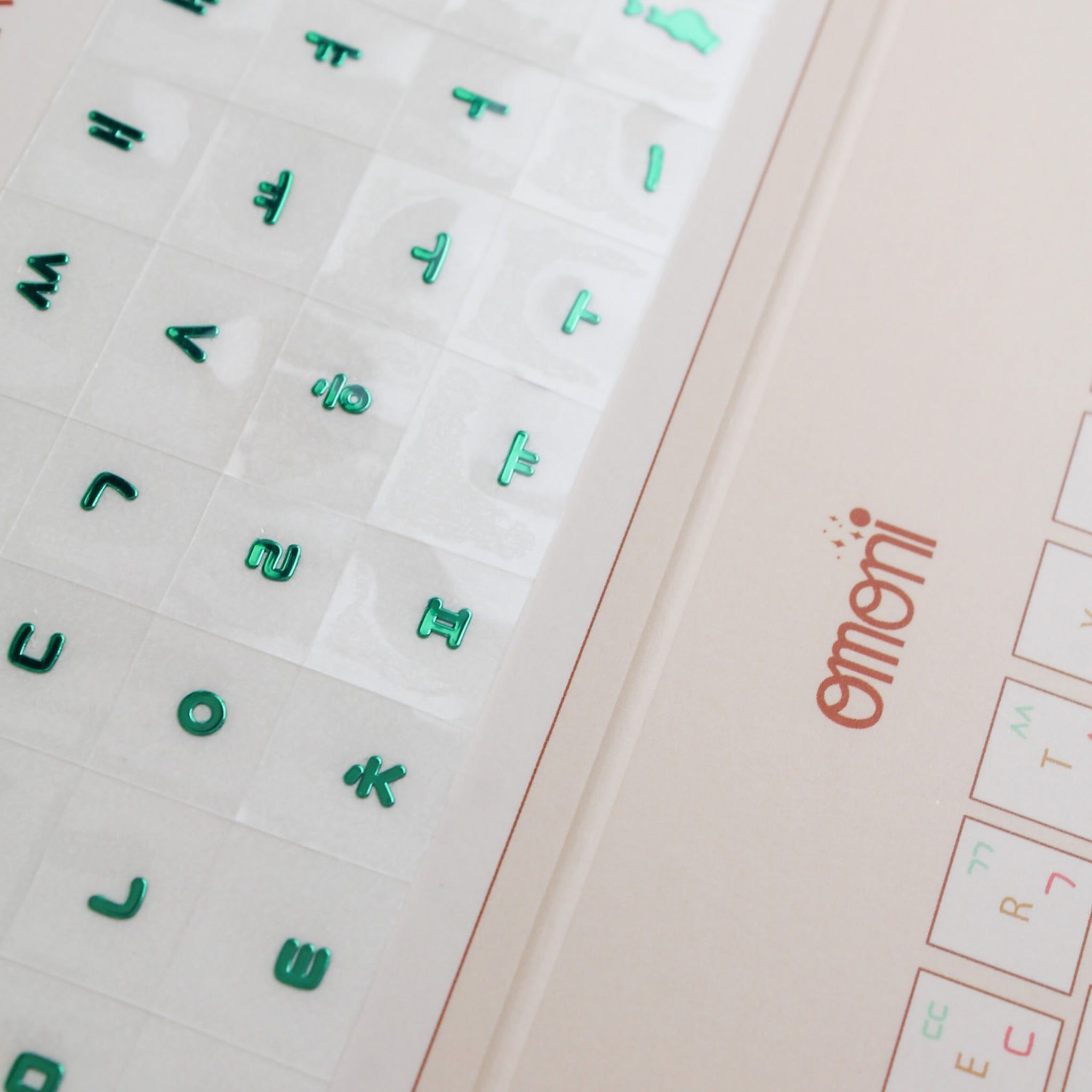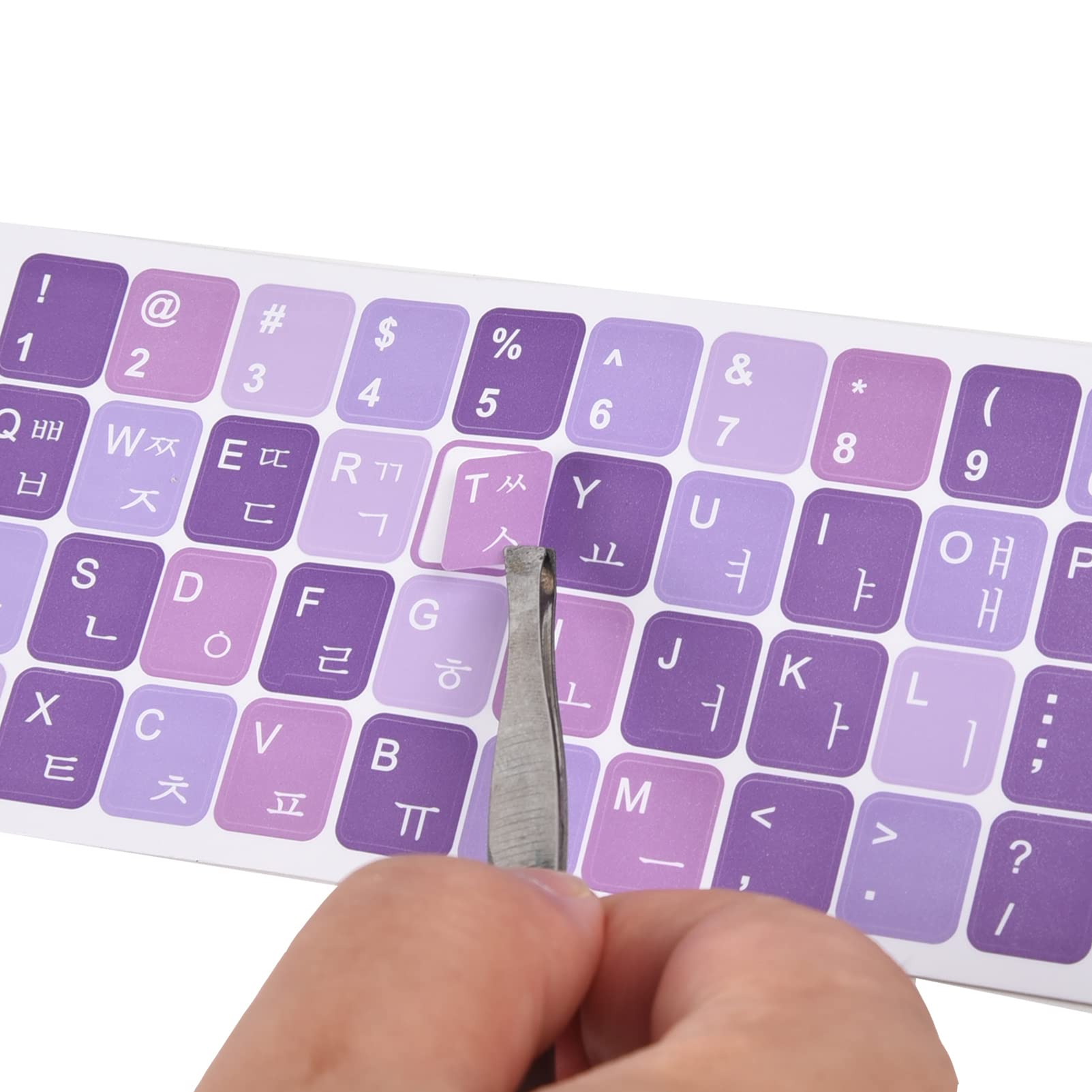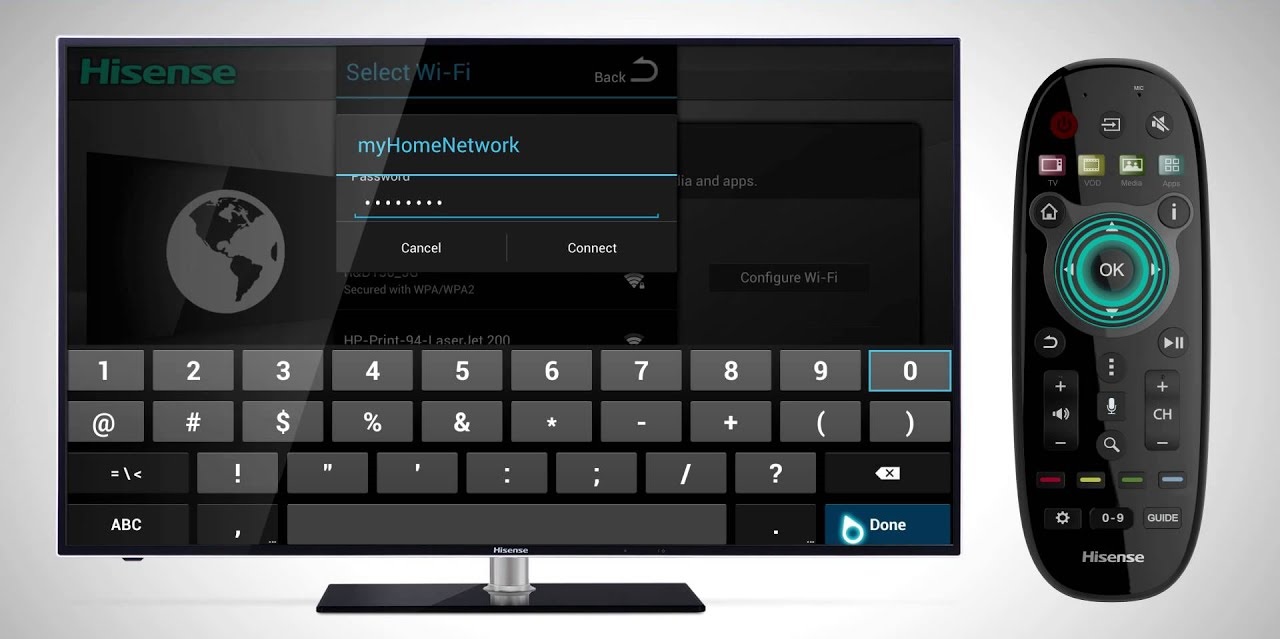Introduction
Learning to type on a keyboard is an essential skill in today’s digital age. Whether you’re a student, a professional, or simply someone who spends a significant amount of time on the computer, mastering the art of typing can greatly enhance your productivity and efficiency.
Typing on a keyboard involves using all ten fingers to accurately and quickly input text. It’s not just about random keystrokes; it’s about developing muscle memory and typing with precision. By learning proper finger placement, sitting posture, and efficient typing techniques, you can significantly improve your typing speed and accuracy.
Moreover, typing correctly can prevent the risk of developing repetitive strain injuries, such as carpal tunnel syndrome. These conditions can be debilitating and hamper your ability to perform daily tasks. By implementing good typing habits from the start, you can safeguard your hand health and long-term well-being.
This article will provide you with essential tips and techniques to learn how to type on a keyboard. From basic finger placement to proper hand and finger stretching exercises, we’ll cover all the necessary aspects to help you become a proficient typist. So, let’s dive in and unlock the secrets of efficient keyboard typing!
Basic Finger Placement
One of the fundamental elements of typing is proper finger placement on the keyboard. By positioning your fingers correctly, you can ensure smooth and efficient typing. Here’s a breakdown of the recommended finger placement:
- The left hand should place the little finger on the A key, the ring finger on the S key, the middle finger on the D key, and the index finger on the F key.
- The right hand should place the little finger on the ; key, the ring finger on the L key, the middle finger on the K key, and the index finger on the J key.
- Both thumbs should hover over the space bar, ready to press it when needed.
This finger positioning is known as the “home row” and forms the foundation of touch typing. By placing your fingers on these keys, you’ll have easy access to the rest of the keyboard.
It’s important to note that the resting position of the fingers should be slightly curved. This allows for quick movement between keys and reduces the strain on your hands.
As you become more comfortable with the basic finger placement, you can gradually progress to using all ten fingers on the keyboard. This will increase your typing speed and accuracy, as each finger has its designated row of keys to work with.
Remember to keep your wrists straight and avoid resting them on the edge of the keyboard or table. This helps in maintaining good posture and reduces the risk of strain or injury.
Practice is key when it comes to mastering basic finger placement. Spend dedicated time typing simple exercises and gradually work your way up to more complex sentences and paragraphs. The more you practice, the more natural and effortless typing will become.
Sitting Posture
The correct sitting posture plays a crucial role in typing comfortably and efficiently. Maintaining a proper posture not only improves your typing accuracy but also helps prevent strain and discomfort. Here are some tips to ensure a healthy sitting posture while typing:
- Align your body: Sit up straight with your back aligned against the backrest of your chair. Avoid slouching or hunching forward, as this can strain your neck and back muscles.
- Position your feet: Place your feet flat on the ground or on a footrest if needed. Avoid crossing your legs, as it can hinder proper blood circulation.
- Adjust your chair height: Set your chair at a height where your feet are comfortably resting on the ground and your knees are at a 90-degree angle.
- Position your arms and wrists: Rest your forearms on the desk or armrests, so your elbows are at a slightly open angle. Your wrists should remain in a neutral position, neither bent upwards nor downwards.
- Align your monitor: Position your monitor at eye level, about an arm’s length away from your face. This minimizes strain on your neck and eyes.
- Use proper keyboard and mouse placement: Place your keyboard directly in front of you, with the surface of the keys parallel to the floor. Position your mouse close to the keyboard, so you don’t have to reach or strain.
Remember to take regular breaks to stretch and relax your muscles. Sitting for extended periods can lead to stiffness and discomfort. Stand up, walk around, and perform some simple stretching exercises to alleviate any tension.
By maintaining a correct sitting posture, you’ll be able to type efficiently without putting unnecessary strain on your body. Practice being mindful of your posture until it becomes natural and automatic.
Keyboard Layouts
When it comes to typing on a keyboard, there are several different layouts to choose from. The most common layouts are QWERTY, AZERTY, and QWERTZ. Understanding the layout you are using can help improve your typing speed and accuracy. Let’s take a closer look at these keyboard layouts:
- QWERTY: The QWERTY layout is the most widespread and widely used keyboard layout. It is named after the first six letters in the top row of the keyboard. This layout is commonly used in English-speaking countries. It has a specific arrangement of letters, numbers, and symbols.
- AZERTY: The AZERTY layout is mainly used in French-speaking countries. While the basic letter layout is similar to QWERTY, there are some differences in the arrangement of symbols and special characters.
- QWERTZ: The QWERTZ layout is typically used in German-speaking countries, including Germany, Austria, and Switzerland. It is similar to the QWERTY layout, with a few changes in the arrangement of letters and symbols.
It’s important to note that mastering typing on a specific layout can make a significant difference in your typing speed and accuracy. Becoming familiar with the position of each key and its corresponding finger placement is crucial.
If you are switching between different keyboard layouts, it may take some time to adjust. Practice typing exercises and gradually build muscle memory for each layout you use.
Additionally, there are other specialized keyboard layouts available, such as Dvorak and Colemak. These layouts are designed to increase typing efficiency and reduce finger movement. However, they are less commonly used and require more time and effort to learn.
Regardless of the keyboard layout you are using, remember that consistent practice is the key to improving your typing skills. Regularly typing exercises will help you become familiar with the layout and develop muscle memory for efficient typing.
Typing Techniques
Mastering proper typing techniques can greatly enhance your speed and accuracy when typing on a keyboard. Here are some essential techniques to improve your typing skills:
- Touch typing: Touch typing involves typing without looking at the keyboard. Instead of relying on visual cues, employ muscle memory to find the keys. This technique allows for faster and more accurate typing.
- Use all your fingers: Utilize all ten fingers when typing to distribute the workload evenly. Each finger has a specific range of keys to cover, helping to improve efficiency.
- Keep your eyes on the screen: Avoid constantly looking at the keyboard while typing. Instead, focus on the screen to minimize errors and increase typing speed. Practice will help develop this skill.
- Type with a light touch: Learn to type with a light touch, exerting minimal force on the keys. This reduces strain on your fingers and allows for faster typing.
- Maintain a steady rhythm: Establishing a consistent rhythm while typing can improve your overall speed and accuracy. Avoid hesitating or pausing between keystrokes.
- Use keyboard shortcuts: Familiarize yourself with common keyboard shortcuts and utilize them whenever possible. Shortcuts can significantly speed up your typing and workflow.
- Practice accuracy: While speed is important, accuracy should be prioritized. Focus on accurately hitting the intended keys rather than rushing through the typing process.
- Practice regularly: Consistency is key in improving your typing techniques. Regular practice sessions, even for short durations, can make a noticeable difference in your typing skills over time.
Remember that it takes time and patience to develop efficient typing techniques. Don’t get discouraged by initial mistakes or slow progress. With practice and persistence, you’ll gradually become a proficient typist.
Practice Exercises
Regular practice is essential for improving your typing skills and building muscle memory. Here are some practice exercises to help you enhance your typing speed and accuracy:
- Start with simple exercises: Begin by typing simple words or sentences to get comfortable with the keyboard layout and finger placement. This helps in developing a foundation for more complex typing tasks.
- Use online typing tutorials: There are numerous online typing tutorials available that offer structured lessons and exercises. These tutorials guide you through the typing process, providing interactive exercises and real-time feedback.
- Try typing games: Engaging in typing games can make the practice sessions more enjoyable. These games are designed to test your speed and accuracy while providing an entertaining experience.
- Transcribe passages: Choose passages from books, articles, or even your favorite quotes and type them out. This exercise helps improve your accuracy and typing rhythm while familiarizing yourself with different types of text.
- Use typing software: Utilize typing software programs that offer comprehensive lessons and track your progress. These programs typically provide typing drills, timed tests, and customized exercises to address specific areas for improvement.
- Practice with random words or sentences: Type out random words or sentences without looking at the keyboard. Start with slower typing speed and gradually increase the pace as you gain confidence.
- Set goals: Set achievable goals for your typing practice sessions. Monitor your speed and accuracy and aim to improve them over time. Celebrate your progress and reward yourself when you reach your milestones.
Remember to practice regularly, even if it’s for a few minutes each day. Consistency is key in developing muscle memory and improving your typing skills. Be patient with yourself and don’t get discouraged by mistakes. With time and dedication, your typing abilities will improve significantly.
Speed and Accuracy Tips
Improving both speed and accuracy are key goals when it comes to typing on a keyboard. Here are some tips to help you increase your typing speed while maintaining accuracy:
- Practice proper technique: Focus on using the correct finger placement and hand position. Practicing proper technique ensures efficient movement and reduces errors.
- Slow down when necessary: While it’s important to type at a reasonable pace, don’t sacrifice accuracy for speed. Slow down when encountering difficult words or passages to minimize mistakes.
- Develop finger independence: Train your fingers to move independently of each other. This allows for simultaneous typing of multiple keys and helps increase speed.
- Use the right finger for each key: Assign specific keys to their designated fingers based on the keyboard layout. This will enable faster and more accurate typing as you develop muscle memory for each key.
- Practice with difficult words or phrases: Identify words or phrases that you find challenging to type and incorporate them into your practice sessions. By repeatedly typing these difficult elements, you’ll improve your speed and accuracy when encountering them in real-world scenarios.
- Avoid excessive backtracking: Resist the temptation to constantly correct mistakes while typing. Instead, focus on continuous typing and edit errors afterward. This reduces the time wasted on unnecessary keystrokes.
- Utilize typing software features: Take advantage of typing software that offers speed and accuracy tracking. Use these features to identify areas where you need improvement and target your practice accordingly.
- Set timed typing goals: Challenge yourself with timed typing exercises to gradually increase your speed. Set reachable goals and strive to beat your previous records.
- Consistency is key: Regular practice is essential to improve both typing speed and accuracy. Aim for daily practice sessions, even if they are short. The more you practice, the more your typing skills will improve.
Remember that increasing your typing speed should not come at the expense of accuracy. Work on finding the right balance between speed and precise typing, as both are important for efficient and error-free text input.
Proper Hand and Finger Stretching
To ensure optimal hand health and prevent discomfort or strain while typing, incorporating hand and finger stretching exercises into your routine is essential. These exercises help improve flexibility and reduce the risk of repetitive strain injuries. Here are some stretching techniques to keep your hands and fingers nimble:
- Finger stretches: Start by spreading your fingers apart as wide as possible, then slowly bring them together. Repeat this motion several times to stretch the finger muscles. You can also gently pull each finger individually to increase the stretch.
- Wrist circles: Extend your arm with your palm facing upward. Make circular motions with your wrist, gradually increasing the size of the circles. Repeat in both clockwise and counterclockwise directions to stretch the wrist muscles.
- Hand extension and flexion: Start with your palms facing downward on a flat surface. Slowly raise your palms off the surface, extending your fingers as much as possible. Then, bring your fingers back to a relaxed position. Repeat this movement to stretch the hand muscles.
- Thumb stretches: Gently pull each thumb away from the palm, holding the stretch for a few seconds. This helps improve flexibility in the thumb joint and reduces tension in the hand.
- Forearm stretches: Extend your arm in front of you with your palm facing upward. Use your other hand to pull back on your fingers, stretching the forearm muscles. Hold the stretch for a few seconds, then release and repeat on the other arm.
- Shoulder and neck rolls: To alleviate tension in your upper body, gently roll your shoulders forward, then backward in a circular motion. Follow this by tilting your head from side to side, stretching the neck muscles.
It’s important to perform these stretching exercises before and after long typing sessions. Taking breaks to stretch and relax your hands and fingers throughout the day is also beneficial for maintaining hand health.
In addition to stretching, consider incorporating strengthening exercises for your hands and fingers. Using stress balls or hand grips can help improve finger dexterity and grip strength.
Remember to listen to your body and adjust the intensity of the stretches accordingly. If you experience any pain or discomfort while performing these exercises, consult a healthcare professional.
Common Mistakes to Avoid
When learning to type on a keyboard, it’s important to be aware of common mistakes that can hinder your progress. By identifying and avoiding these mistakes, you can improve your typing speed and accuracy. Here are some common mistakes to watch out for:
- Looking at the keyboard: One of the most common mistakes is constantly looking down at the keyboard while typing. This slows down your speed and can lead to more errors. Focus on keeping your eyes on the screen to develop better muscle memory.
- Incorrect finger placement: Placing your fingers on the wrong keys can lead to inefficient typing. Ensure that you use the correct finger for each key to improve accuracy and speed. Practice proper finger placement to build muscle memory.
- Slouching or poor posture: Sitting with a slouched posture can affect your comfort and typing efficiency. Maintain an upright posture, keeping your back straight and shoulders relaxed. Use an ergonomic chair and position your keyboard at a comfortable height.
- Inconsistent rhythm: Typing with an inconsistent rhythm can disrupt your flow and lead to more errors. Strive for a steady and consistent typing rhythm to improve speed and accuracy.
- Ignoring hand and finger fatigue: Typing for long periods without giving your hands and fingers a break can lead to fatigue and strain. Take regular breaks, stretch your hands and fingers, and practice proper ergonomics to prevent discomfort or injuries.
- Relying solely on hunt-and-peck method: The hunt-and-peck method, where you type with a few fingers and visually search for each key, is inefficient. Invest time in learning touch typing to improve your speed and accuracy.
- Not utilizing keyboard shortcuts: Neglecting keyboard shortcuts can hinder your efficiency. Explore and learn common keyboard shortcuts for tasks such as copying, pasting, and formatting. Utilizing these shortcuts can save time and boost productivity.
- Skipping practice: Consistent practice is crucial for improving your typing skills. Skipping practice sessions or being inconsistent in your efforts will slow down your progress. Set aside dedicated time for practice and make it a daily habit.
Awareness of these mistakes and actively working to correct them will significantly enhance your typing abilities. Keep practicing, pay attention to your technique, and strive for continuous improvement.
Resources for Further Learning
If you’re looking to further enhance your typing skills, there are several resources available that can provide guidance, practice, and support. These resources offer a range of tools and exercises to help you become a proficient typist. Here are some worth exploring:
- Online Typing Tutorials: Numerous websites offer free online typing tutorials and lessons. These tutorials guide you through the process step-by-step and provide interactive exercises to practice your skills.
- Typing Software: Consider investing in typing software programs that provide comprehensive typing courses, customizable exercises, and real-time performance tracking. Typing software allows you to progress at your own pace and provides a structured learning experience.
- Mobile Apps: There are various mobile apps available for both iOS and Android devices that offer typing lessons and games. These apps make learning to type fun and convenient, allowing you to practice on the go.
- Online Typing Games: Engaging in typing games can be a fun way to practice and improve your typing speed. These games often include fun challenges and competitive elements that can keep you motivated.
- Typing Forums and Communities: Joining online typing forums and communities can provide a platform to connect with other typists. These platforms allow you to ask questions, share experiences, and learn from others who are on a similar typing journey.
- Typing Certifications: If you want to showcase your typing skills for professional purposes, you can pursue typing certifications. Various organizations and institutions offer typing tests and certifications that can validate your typing proficiency.
- Books and E-Books: There are several books and e-books available that can provide in-depth knowledge on typing techniques, finger placement, and typing exercises. Look for reputable resources authored by typing experts.
- YouTube Tutorials: YouTube offers a wide range of typing tutorials, lessons, and tips. Many typing instructors and experts share their knowledge and techniques through video tutorials, making it a valuable resource for visual learners.
Choose the resources that align with your learning style and goals. Mix and match different platforms and techniques to create a personalized learning experience. Remember, consistent practice and dedication are the keys to mastering typing skills.










